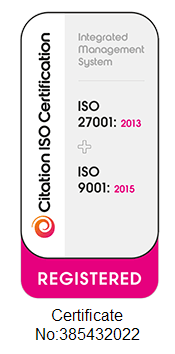Debt isn’t always a gloomy prospect. While being debt-free is ideal, some debts can be strategic investments rather than financial nightmares. If you do take on debt, it should be for something that offers long-term benefits.
What Is Good Debt?
Good debt enhances your financial future or wellbeing. For instance, a mortgage to buy a home or as an investment is good debt. Mortgages often cost less monthly than rent, and once paid off, you own the property outright. Education loans, including student loans or further training courses, also fall into this category. Investments in your business to foster growth can be considered good debt when executed with a sound business plan.
Equifax, credit experts, define good debt as a well-considered loan within your credit limit and budgeted for manageable repayments. They note that staying within your credit limit and timely repayments can positively impact your credit report.
What Is Bad Debt?
Conversely, bad debt drains your resources, offers no future returns, and doesn’t benefit your professional development. If debt becomes unmanageable, it’s typically labeled as “bad debt.” Unnecessary purchases like luxury cars or holidays, which depreciate in value, often fall into this category. An especially detrimental form of debt is borrowing money to repay other debts, unless you consolidate your debts and cease further spending on credit lines.
How Much Debt Is Too Much?
Calculating your debt-to-income ratio (DTI) is a valuable tool to monitor your finances. Lenders consider DTI when deciding on loan approvals, but it’s also vital for personal financial management.
Calculating Your DTI:
Sum all monthly debt payments, including mortgages, loans, credit cards, and potential new loans.
Calculate your total monthly income, encompassing gross income, child benefits, and freelance earnings.
Divide your monthly debt by your monthly income, then multiply by 100 to get your DTI as a percentage.
Income ÷ Debt x 100 = DTI
UK Household Debt Trends in 2023
In 2023, over half of UK consumers, nearly 27 million people, carried debt into the year, with nearly five million individuals owing more than £10,000 in loans and credit, excluding mortgages, according to Credit Connect. The Money Charity’s latest report (January 2023) reveals that the average UK household debt, including mortgages, stands at £60,729. Unsecured debt averages £3,838 per household, with credit card debt at £2,133.
Managing and Resolving Debt
If you’re concerned about your debt levels or your ability to meet repayments, reach out to Debt Movement in 2023. Our advisors provide professional, unbiased guidance to assess your situation and help you chart a path forward.
Managing Debt:
Sometimes, managing debt proves challenging due to unforeseen circumstances like job loss or unexpected expenses. Explore our budgeting ideas for tips on regaining control of your finances. If you require further assistance, request a free callback to consult with our expert guides.
Getting Out of Debt:
If debt has become overwhelming, leading to missed payments, defaults, or debt collection agencies, contact Debt Movement. Our friendly experts will guide you through debt management options and potential solutions. Take the first step towards financial freedom today.
At Debt Movement we provide professional debt guidance and solutions that help you move out of debt. We offer non-judgemental financial guidance to relieve the burden of financial strain and offer support on your journey to financial freedom. Request a free call back today.













